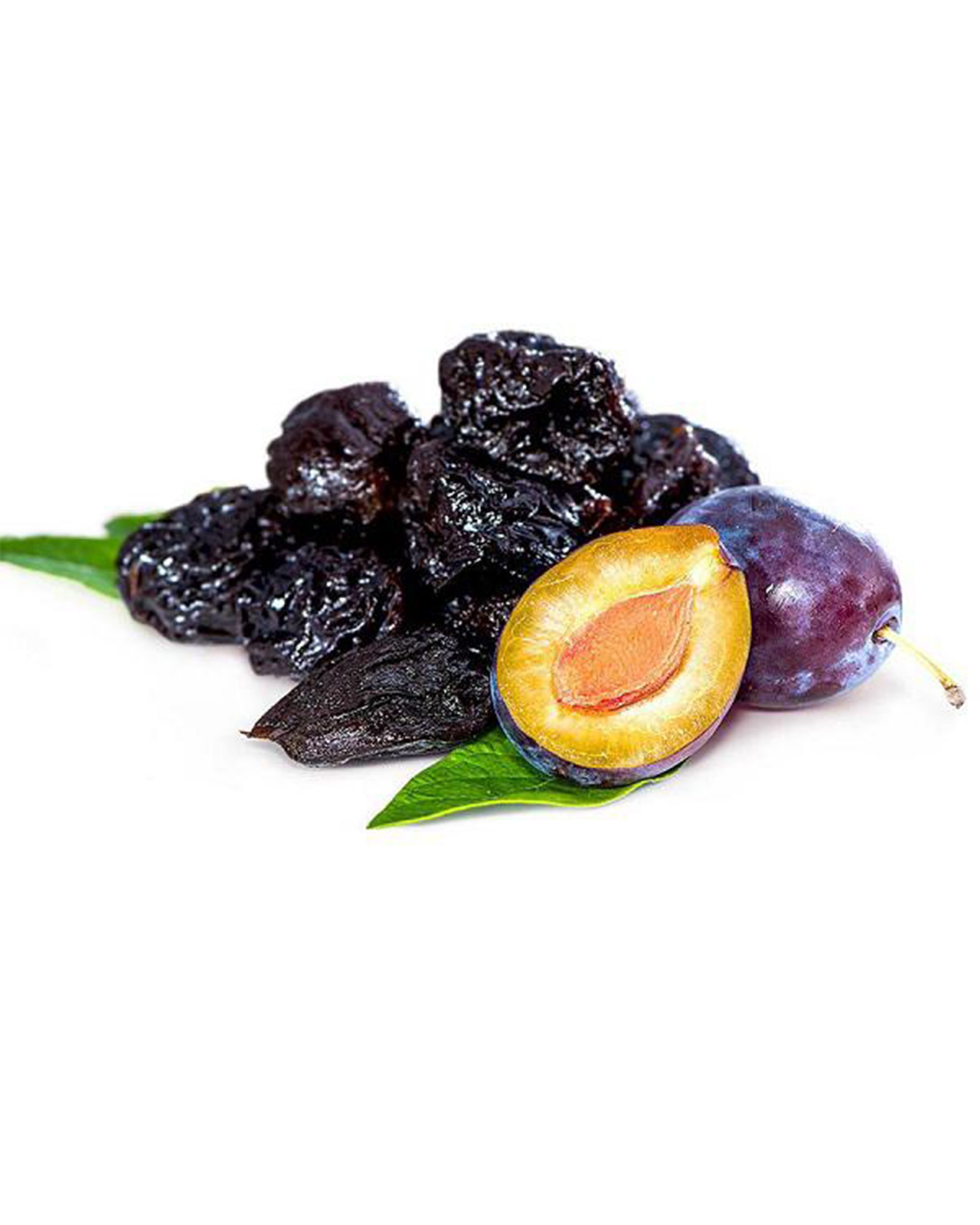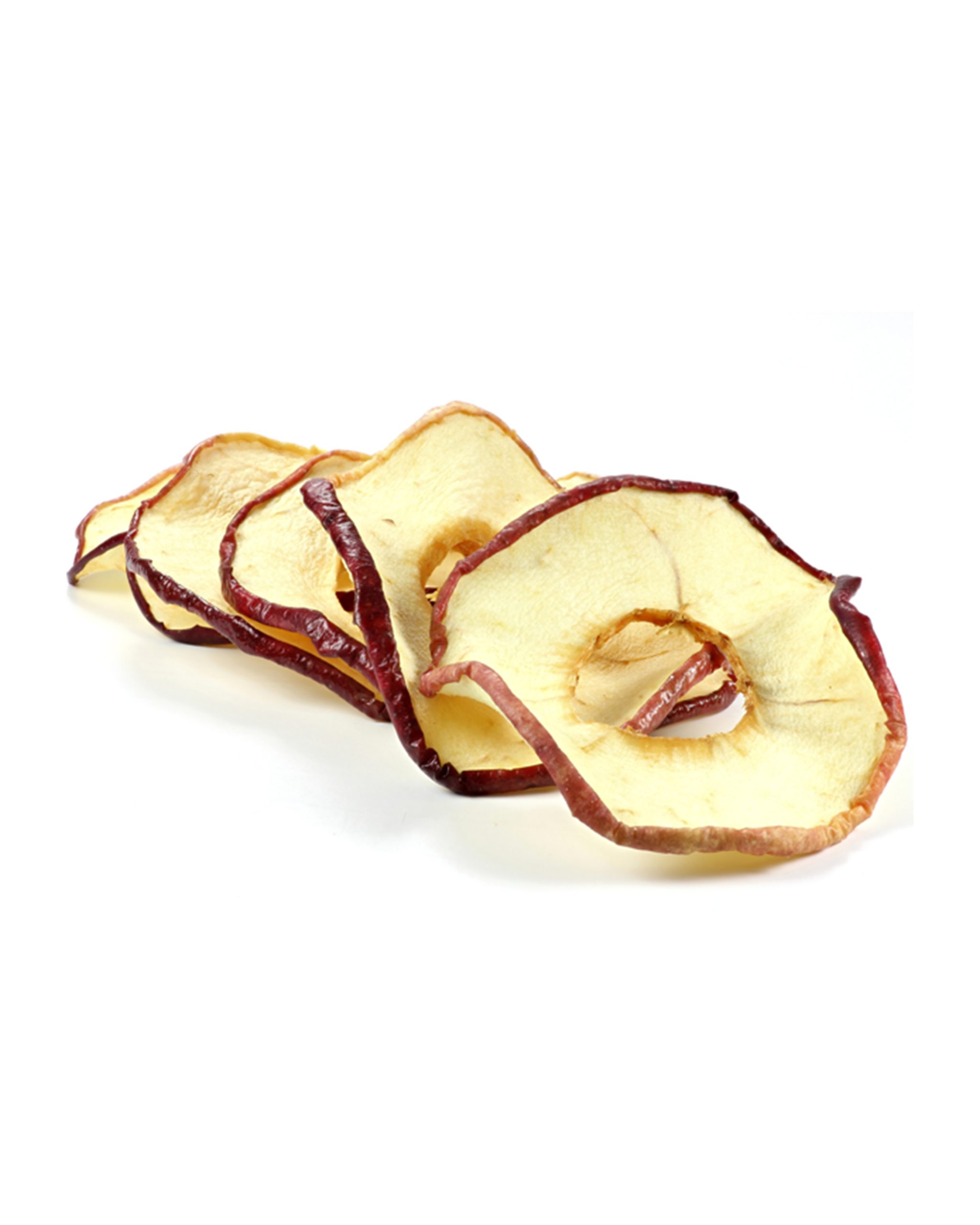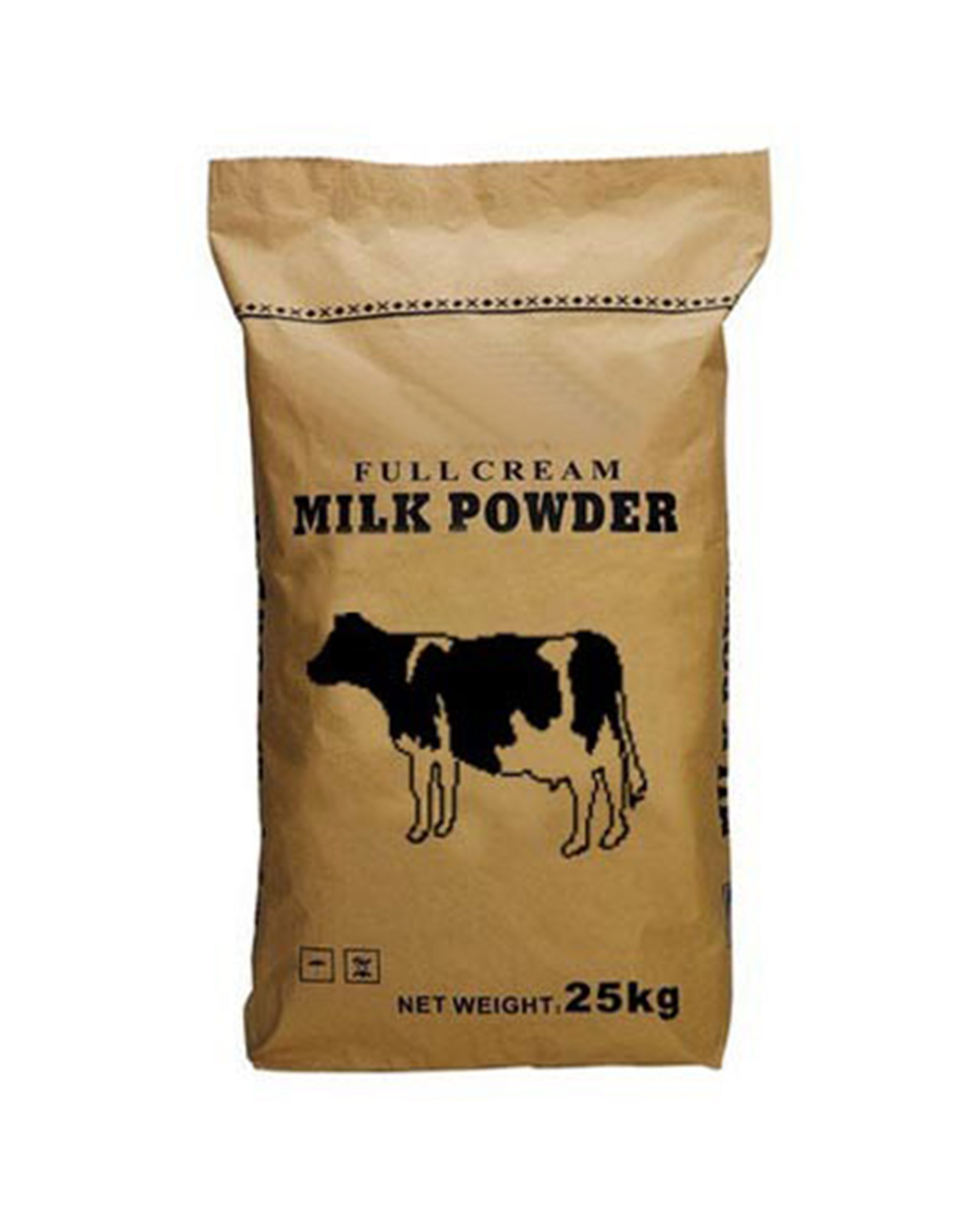Dried Plums
The harvest starts around middle of August and lasts until beginning of October. In the southern hemisphere harvest is in February.
The fresh fruit´s degree of ripeness is the determining factor for the quality. The trees are shaken to get the plums only dropping off when fully ripe. The plums are caught in nets and are immediately transported in big wooden boxes for processing.
HISTORY AND SPREADING
Plums belong to the stone fruit. They grow on approx. 4 m high, summer-green trees with dense crowns. Prunes are to be found in different varieties, which are hardly distinguishable. In a wider sense plums, mirabelles and greengages belong to prunes.
Prunes and plums often merge into each other due to hybridization. In the meantime there are more than 2,000 types spread across all parts of the world. For the production of dried prunes only those varieties are suitable which are not prone to fermentation. One differs between the sourish ‘Italian’ and the round sweet ‚French’. The best known French is named ‚d’ Agen’. It has prevailed in France, USA and South America.
The Frenchman Louis Pellier introduced the French varieties to America in 1865. Both kinds, the ‘Italian’ and the ‘French’, have a dark violet skin easily parting from the fruit flesh when fully ripe. Persia is the origin of the plums and from there they came to us via Asia Minor and Greece. Nowadays main growing areas are USA (California), France and the previous Yugoslavia, Chile, Argentina and Bulgaria.
Prunes are used in different sectors. The bakery- and confectionary industry, for cereal production and dried fruit mixtures. They can also be taken as a snack or as a mild laxative.
CULTIVATION
Modern farms plant the plum trees in straight lines. After 4 − 6 years of intensive care the tree has its first yield. At this stage it has reached a height of 4 − 5 m.
Until the age of 30 the tree carries fruit. A fully mature tree has an annual yield of abt. 70 − 140 kilos of fresh plums.
3 kilos fresh plums are needed to get 1 kilo of dried merchandise = prunes.
HARVEST
The harvest starts around middle of August and lasts until beginning of October. In the southern hemisphere harvest is in February.
The fresh fruit´s degree of ripeness is the determining factor for the quality. The trees are shaken to get the plums only dropping off when fully ripe. The plums are caught in nets and are immediately transported in big wooden boxes for processing.
PROCESSING
These are surveyor belts passing through an oven. The total process lasts approx. 16 − 18 hours turning a fresh plum at 78 ° C into a prune with a moisture content of 15%.
After drying the prunes are assorted according to size. This is done as with all other dried fruit by means of shaking sifts having holes of different diameters. At first the smallest prunes are sorted out and at last the biggest.
In this state the prunes can be stored. Due to the relatively low moisture content the prunes are durable for a fairly long time and as they are already graded they are ready to go into additional processing at any time. The best moisture level for storage before processing is 19 – 20%.
At this stage the prunes are still cored. For pitting the prunes must be moistened again. This is the next processing step. The prunes are washed in a machine – called ‚bleacher‘ − and the humidity level is increased to 20 − 30 % by adding hot steam of 90 ° C. The higher the moisture content the better for the pitting. On the other side the prunes need a low humidity level for trade to be longer durable. High humidity also means more weight and more profit for the producers. Depenting on the customers requirements the prunes are sorbinated and dried naturally.
Prunes with Sorbat have a humidity of max. 35%, without Sorbat max. 25%. After the prune is more moist the stone can be eliminated.
The grading of the prunes takes place before pitting. This is wherer the term ″ex 30/40 or 40/50 comes from.
The grading is valid for two methods of pitting, which are: Ashlock – and Eliott. Ashlock and Eliott are the names of the persons who invented the corresponding pitting machines. The Ashlock machine presses the stone through the prune by means of a spike. It means the whole prune is preserved with only a hole indicating to the missing stone. Ashlock machines are patented and cannot be bought. They can only be leased from the inventor.
The Eliott machine squeezes the stone out of the prune so that the fruit loses its shape. It is possible to buy the Eliott machines which are widely spread.
After pitting the prunes they are sprayed with Sorbat, which increases their shelf live. In a proper warehouse prunes can be stored up to one year, without significant modification or decay. Processing is thereby finished and the prunes are ready for packing.
NUTRITION FACTS
Nutritive value per 100g prunes:
| Calories | 256 kcal (1.069 kJ) |
| Fat | 0,5 g |
| Protein | 1,9 g |
| Carbohydrates | 59,5 g |
| Mineral nutrients | 1,7 g |
| Vitamins | 3,7 mg |
GRADING
Prunes are assorted according to the method of pitting. The higher valued ‚Ashlock pitted prune‘ which stone is pressed out by a spike and the ‚Eliott pitted prune‘ which stone was squeezed out. Mainly the big prunes are used for Ashlock production and the small ones for Eliott pitting. The grading according to size is the same for both kind.
GRADE
The prunes are sorted according to the number of fruit per lb ( 453,6 g). The grading is done before pitting: it is also valid for the pitted prune, although strictly speaking the number of prunes will be higher per lb.
The biggest, but the rarest are the 10/20 prunes. They are so big that 10 − 20 prunes weigh 1 lb. They are called ‚President‘. Then follow
20/30
30/40
40/50
60/70
70/80
80/90
90/100
The big prunes are used for packing while the small ones are mainly for the industry.






Reviews
There are no reviews yet.